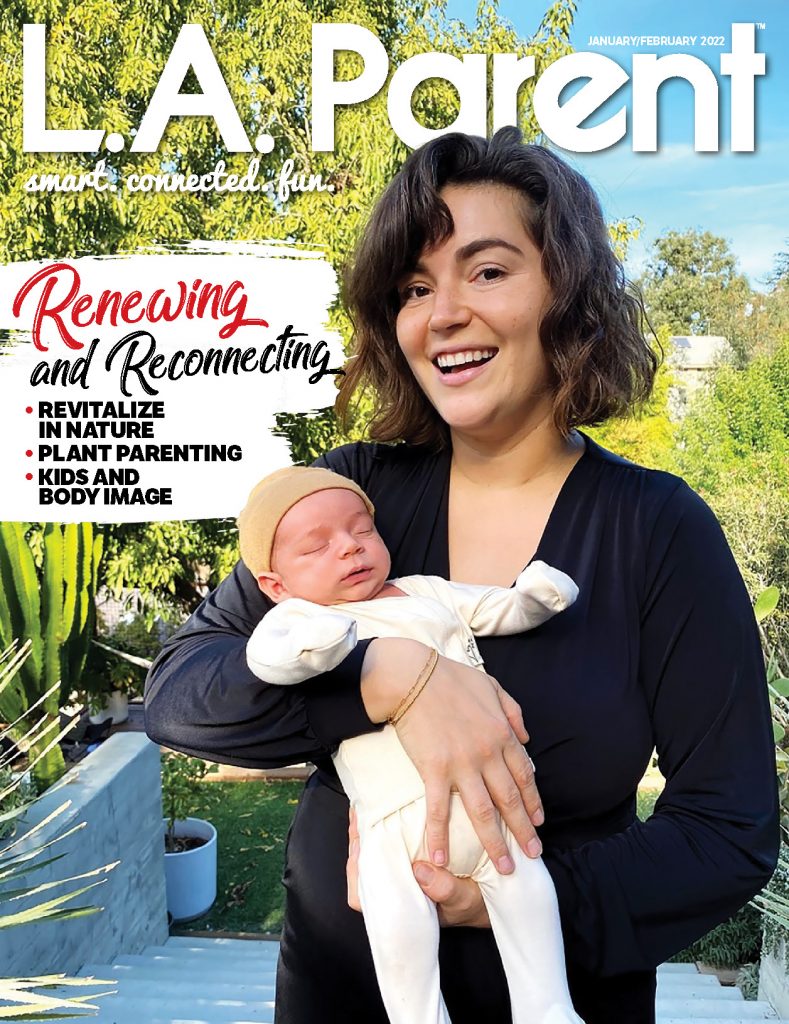
Simple, real-life ways parents can teach children to save, spend, and invest wisely while fostering lifelong money habits.
One mellow Sunday this past summer, I took my 5-year-old daughter, Lottie, on an errand to HomeGoods. I needed hangers — a tangled pile of lifeless garments had been accumulating on my bedside floor for too long — and I hoped to find some stationery to use to write notes to my older daughter, Olivia, who was away at sleepaway camp.
Within minutes in the store, Lottie found a toy she wanted: a Melissa & Doug cupcake-making set, complete with wooden candles and faux wrappers. Was it adorable? Yes. Did she need it? Of course not.
I imagined the fully stocked pretend kitchen area we have at home, and I did some quick thinking to avoid just saying, “No.” Instead, I reminded her of the $52 she had stashed in a Bluey wallet in her room, an amount she had collected and held on to between Lunar New Year gifts and grandmother visits.

“If you’d like to buy this, you can give me $20 from your wallet to buy it,” I said.
She looked up at me, pondering the proposition.
“You mean I have to give you money?” she asked. “Do I have to give you all of it?”
Even after I explained that she’d only have to relinquish part of her funds, she set the toy back on the shelf and went on her way. No argument followed.
Language Lessons
As parents, moments like this are commonplace, whether or not we have the capacity (read: patience) to turn them into teachable moments is another story. But with a few simple language tools, financial pros say that adults can guide children, and their financial understanding, with easily used sentence frames.
Maya Corbic, a certified public accountant, parent and founder of Dinarii Financial Education Academy based in Canada, shares financial literacy tips with families through live and on-demand online webinars, her Instagram account @teach.kids.money (which has more than 200,000 followers) and her own book, “From Piggy Banks to Stocks: The Ultimate Guide for a Young Investor,” published in 2023. One social media post from earlier this year gives parents useful phrases — words that replace “We can’t afford it” and “We don’t have money” and that make more meaning for children. Among them: “That’s not in our budget right now” and “We’re choosing to spend our money on other priorities at the moment.”
“You definitely don’t want to introduce scarcity into the equation,” Corbic says, and phrases like “We can’t afford it” may have that consequence, making children feel worried or insecure when all their parent hoped to do was avoid buying a toy.
Instead, Corbic recommends referring to actual family goals, such as a weekend getaway or a Disneyland visit, and explaining that achieving those goals requires a family to make certain choices with their money. A parent might also use similar situations to talk to their child about saving up for the object they want, which allows for the chance to practice delayed gratification.
On Allowance, Choice and Earnings
Corbic sees allowance as another powerful tool in building financial literacy. Children can learn to earn, save, spend and even donate using allowance. When it comes to the spending part, there’s lots of opportunities for learning.
“Parents should really let [their child] spend the money that is allocated for spending,” she says. “You want them to make mistakes, and then you gently follow up with them.”
Having a child look back on a recent buy is a powerful move. Was it a good purchase? A bad purchase? Would you recommend the item to a friend for the same price? Using cash instead of credit cards is another helpful way for children to see how money moves.
“Kids are really smart, and they know when they’ve made a mistake,” Corbic says. “In the moment, something may seem like a good buy and a good decision. But later on, they’re like, ‘I wouldn’t do that again.’ We need to give them an opportunity to reflect.”
Even if allowance isn’t a part of your family’s routine, allowing moments for individual spending and choice-making is valuable. By seeing what Dad chooses to spend on, and brother and Mom, children see how “personal finance” really is personal, and how one family member or friend chooses to spend their money may very well be different than how the next person spends.

Julia Cook, a former school teacher and counselor and prolific children’s book author, prefers the word “compensation” over “allowance.” Having kids work and earn money — through chores, lemonade stands or neighborhood jobs like raking leaves and babysitting — gives meaning to an abstract concept.
“Money is a product of value,” Cook says. “If you can figure out what you’re good at, and you can figure out what people need, you create value, and money always chases value.”
Saving and Sharing
The book “I Am Money,” co-authored by Cook and Garrett Gunderson and playfully illustrated by Josh Cleland, covers cash, credit, saving and even the concept of interest in a kid-friendly way. It also digs into the notion that, beyond a certain point, money doesn’t equal happiness.
“I have asked millionaires, ‘Does money make you happy?’ And they kind of all have the same answer,” Cook says. “Once you buy a house and food and clothing, and you have places to go and enjoyment, the only additional thing that really makes you happy is using your money to help others.”
And children love to help. When Olivia was about 6 years old, I read “The Opposite of Spoiled “ by Rob Lieber. Per the author’s instructions, I set up three big, clear jars labeled Save, Spend and Give. Olivia dutifully sorted her chores earnings into the categories, and every few months she’d look at her collections and make choices. Emptying the give jar for the first time, and delivering the funds to a local cat rescue, was a moment of pride, and the start of what I hope will be a life-long journey of thoughtful generosity.
On Investing
Spending money on the activities that bring a child joy and grow their talents — piano lessons or pottery classes, for example — is what Cook calls “investing in yourself.”
“When you earn your money, you need to be able to enjoy it,” she says. “It’s all about a balance. But if you can spend your money to become better at what you do or, or learn something new, you’re investing in yourself. You are your greatest asset — that’s something we want kids to understand.”
Then, there’s the other kind of investing, which Corbic prioritizes in her workshops and book. “Don’t let the stock market intimidate you,” she says. Just start simple.
“Even Peter Lynch, one of the most famous investors, said that fourth grade math is all you need in order to understand how the stock market works,” Corbic says. “Long-term investments are super simple — just take baby steps, start learning and involve your child.”
Parents can open a custodial Roth IRA (individual retirement account) for their child and set up auto deposits. For her own children, Corbic invests in low-risk ETFs (exchange traded funds) and Index Funds and then doesn’t touch them, because more often than not, stocks held long term outperform those bought and sold within shorter time periods. Corbic shares more on her own investing strategies via a free cheat sheet online.
Other Words of Wisdom
For any parent regularly pondering how to educate their kids about money, Corbic has these final words of wisdom: Don’t overcomplicate it. You don’t need workbooks, or practice sheets. You just need day-to-day activities.
“There are so many real-life moments around us — just use those,” she said. “Whether you’re in Target, you’re going grocery shopping or you’re negotiating your cell phone bill — do it all with your kids.”
Chelsee Lowe is a travel and food writer, mom of two and frequent contributor to L.A. Parent.







































